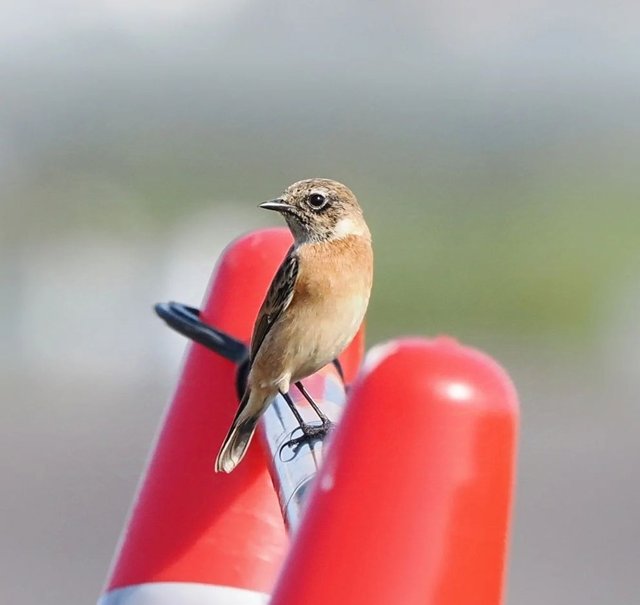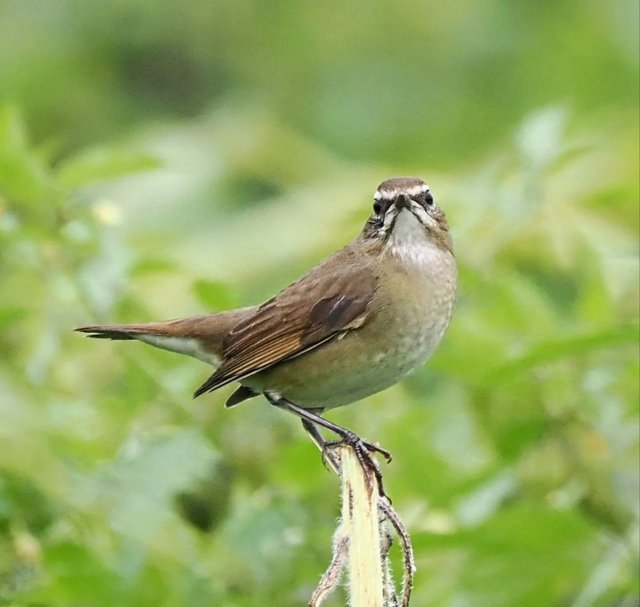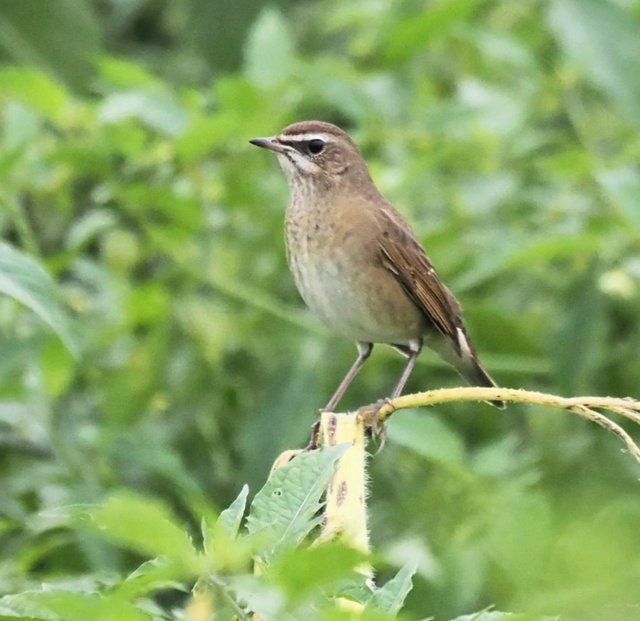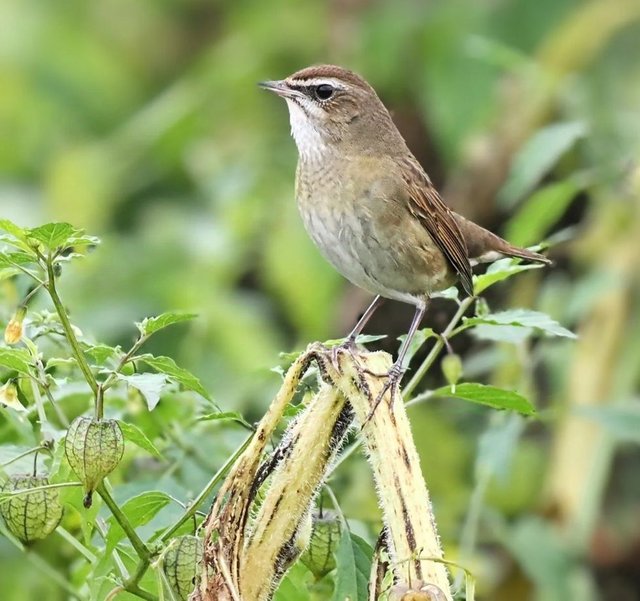The Gray's grasshopper warbler is a fascinating and elusive songbird that captures the interest of bird enthusiasts and ornithologists alike. Belonging to the family Locustellidae, this species is known for its reclusive behavior, distinctive song, and complex migratory patterns. Here, we’ll dive into the details of its appearance, habitat, behavior, and conservation status, shedding light on why this bird deserves more attention.
Physical Characteristics
Gray's grasshopper warbler is a medium-sized, slender bird, typically measuring around 13-15 cm in length. It has a subtly beautiful plumage characterized by earthy brown tones on its back and lighter, cream-colored underparts. Fine streaks on the throat and breast add to its understated charm. Its tail is relatively long, often held cocked, and the bird's legs are thin and pinkish, typical of warblers that forage near the ground.
One of the defining features of this species is its song, which closely resembles the sound of a grasshopper's chirp. The monotonous, high-pitched trill serves as a primary tool for territorial defense and attracting mates. This unique vocalization is also the reason for the species' common name.
Habitat and Distribution
Gray's grasshopper warbler is native to East Asia. It breeds in regions of China, Russia, and Korea, preferring dense reed beds, grasslands, and thickets near water bodies. During the winter months, it migrates to Southeast Asia, with sightings recorded in countries such as the Philippines, Thailand, and Vietnam.
Its preference for dense, low-lying vegetation makes it notoriously difficult to spot, as it spends much of its time hidden in thick undergrowth. This behavior, while protective against predators, also makes it a challenge for researchers and birdwatchers to study its habits in detail.




Thanks For Reading
Device Information
| Device | cannon eos 600D |
|---|---|
| Lens | 55-250 zoom leans |
| Location | Myanmar |
